Journal of a gadabout 16 by Dr. A. Remesar
Lefebvre (Lefebvre, Henry, 1973) pointed out the contradictions inherent to the monument. He defends it insofar as it “projects on the ground a worldview and a transcendence, a beyond“; but he rejects it because when it “organizes a space, colonizes and oppresses its surroundings”, (… and) “full of symbols it offers them for contemplation (passive) and social conscience when they are out of date and have lost their meaning“. Continue reading What are the monuments for?




 From july 2008 to February 2009, the MUHBA (Museum of History of the City of Barcelona) showed the exhibition “
From july 2008 to February 2009, the MUHBA (Museum of History of the City of Barcelona) showed the exhibition “

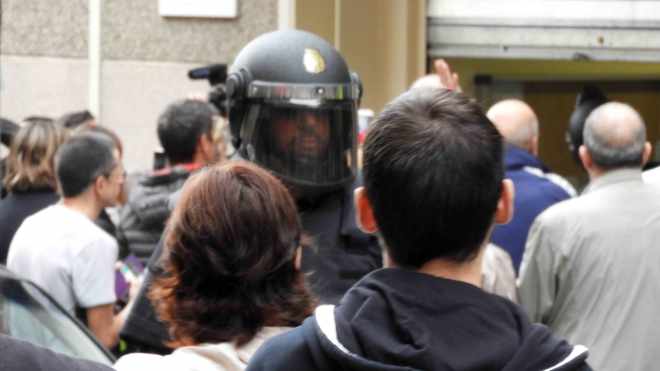


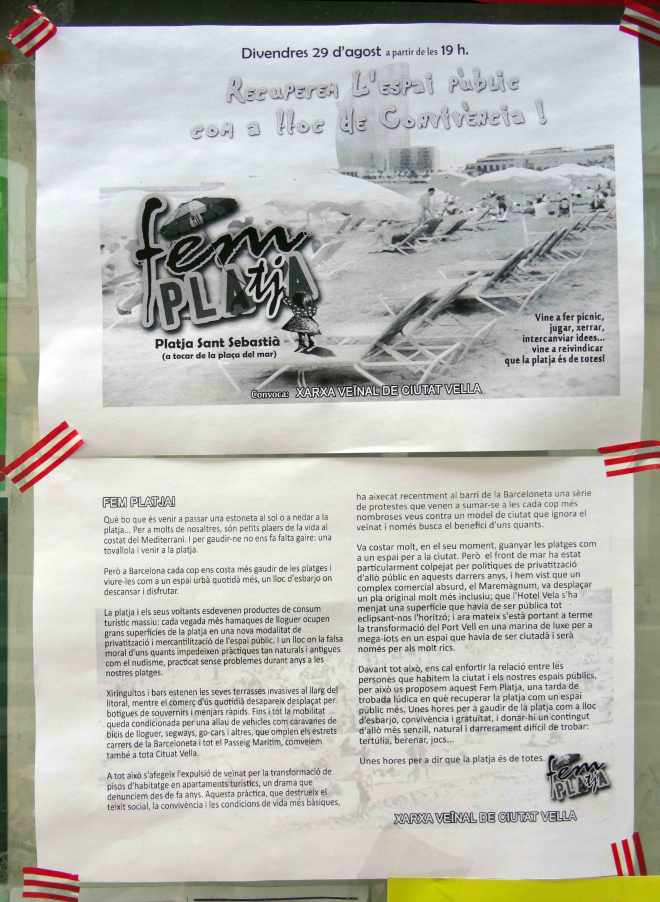
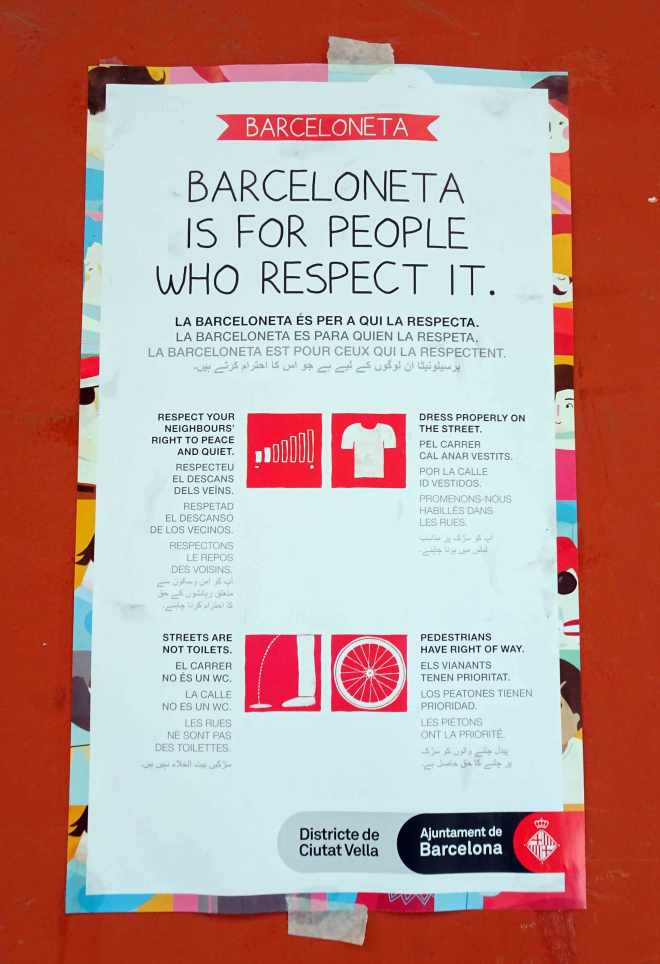



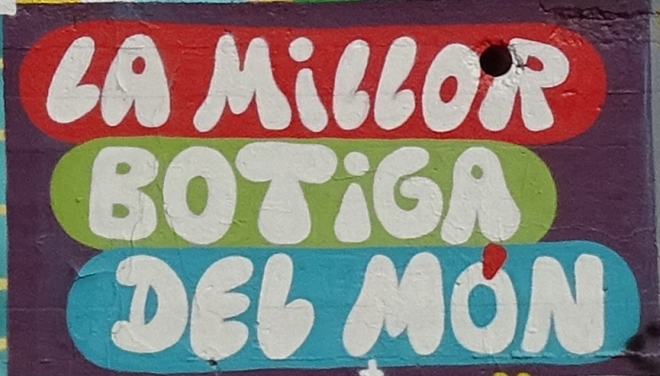




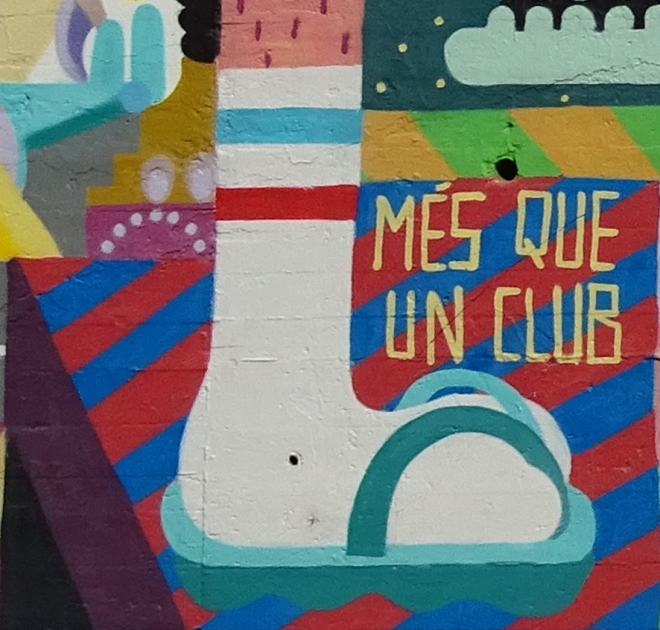
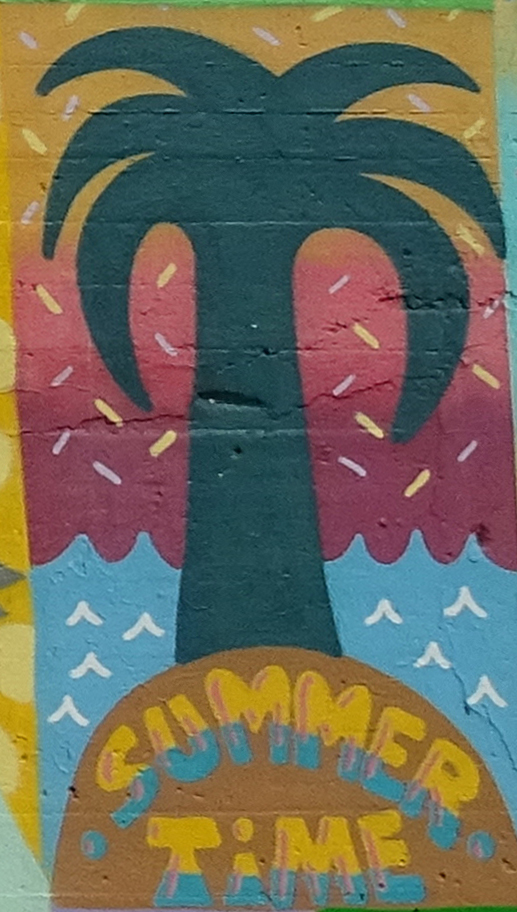





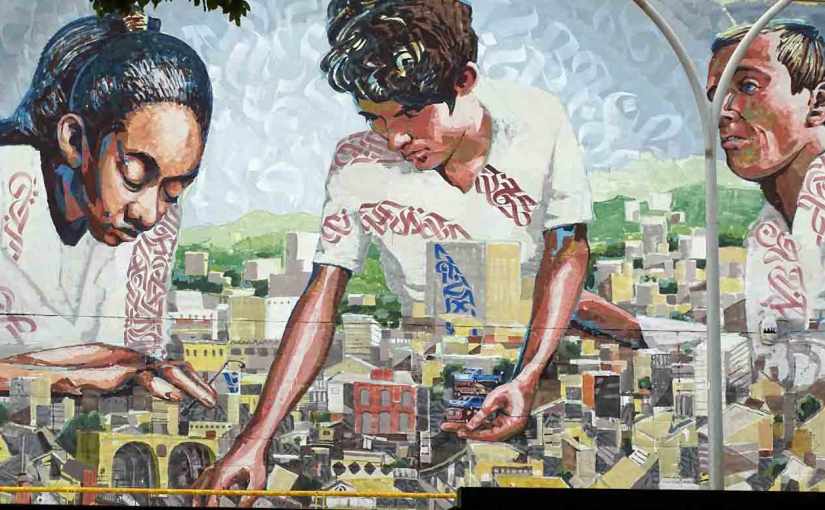


 I recommend a visit to Rabat. Ahead of they conclude the works of what we call “the third Rabat”.
I recommend a visit to Rabat. Ahead of they conclude the works of what we call “the third Rabat”.
You must be logged in to post a comment.